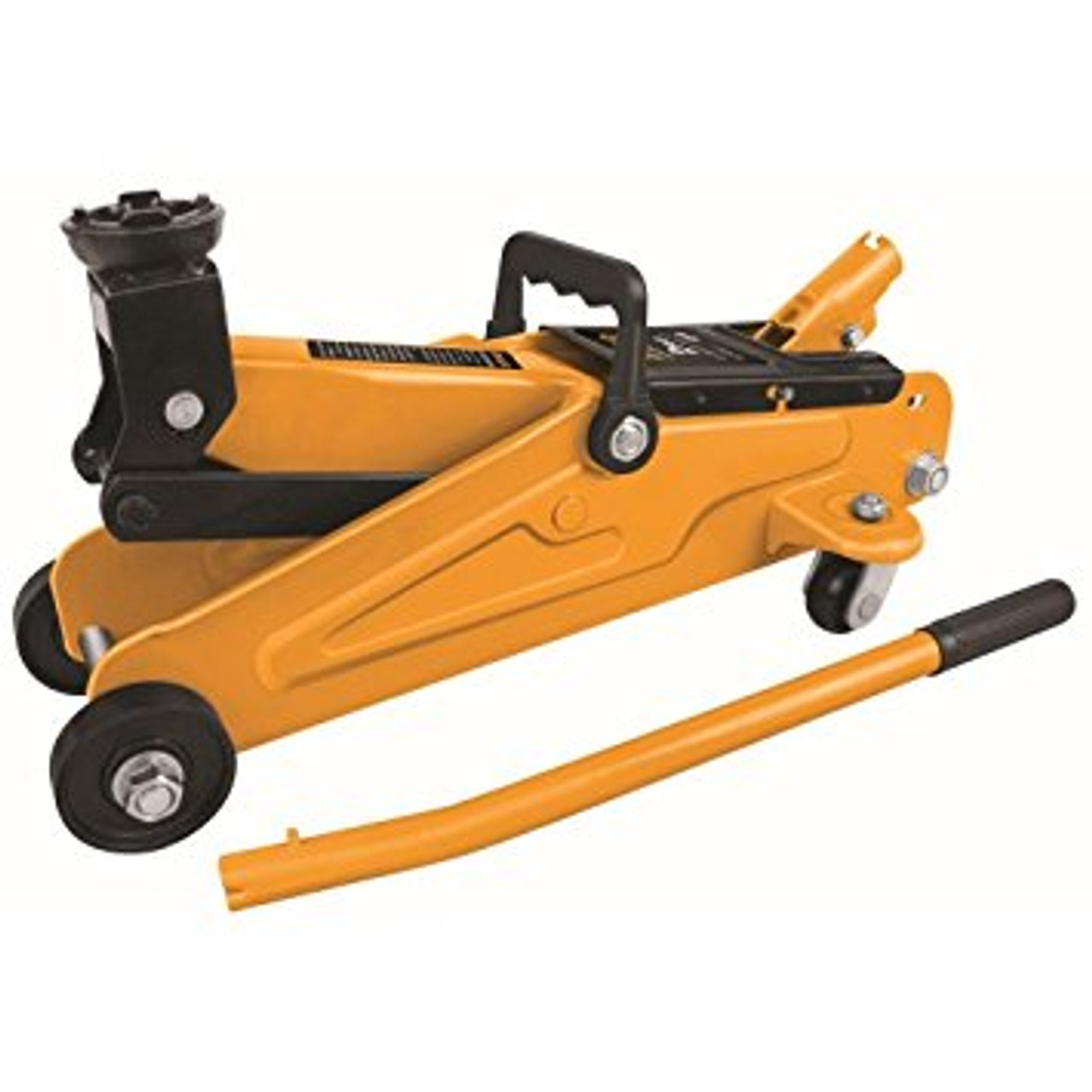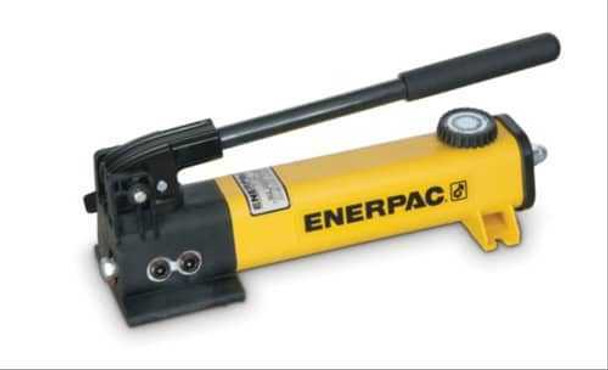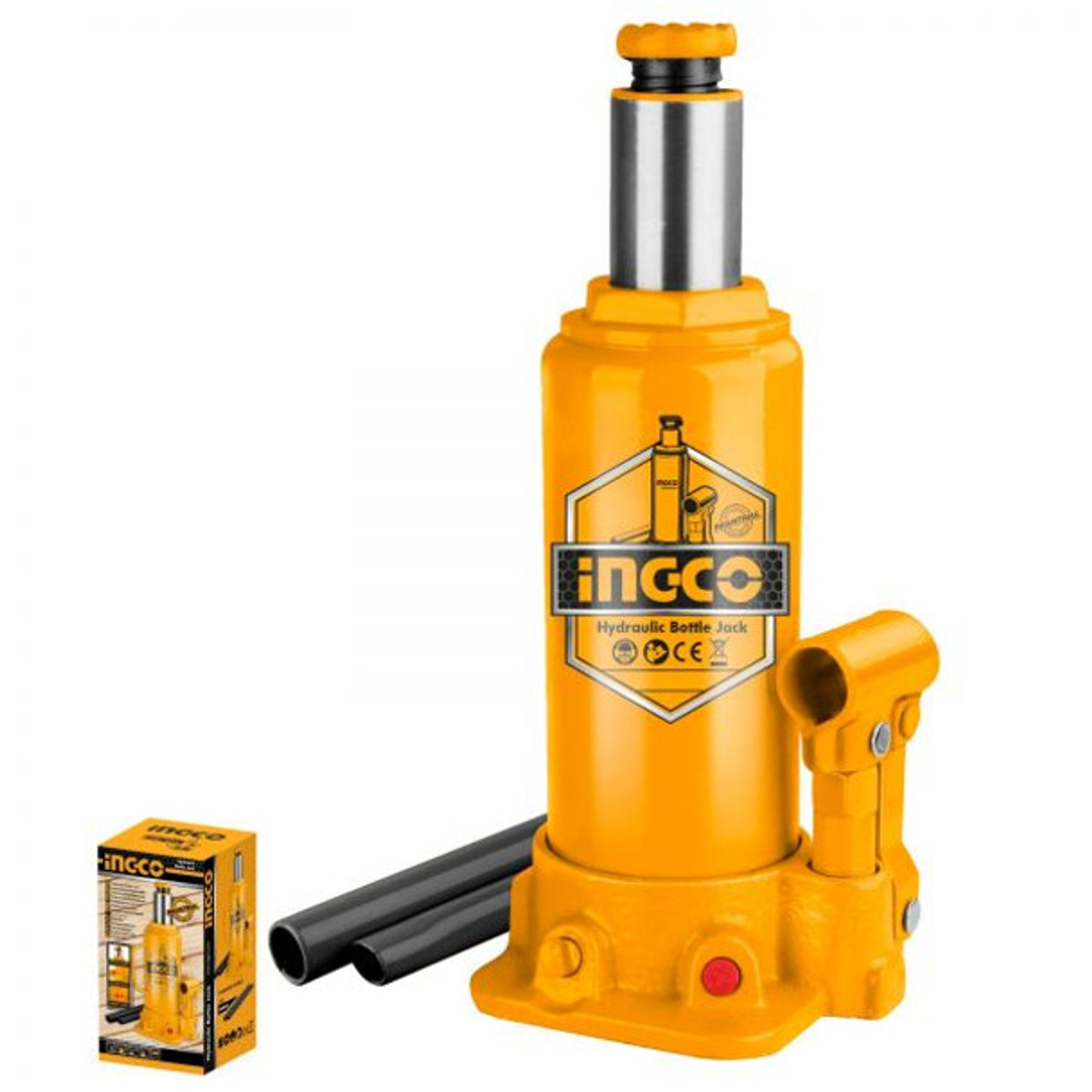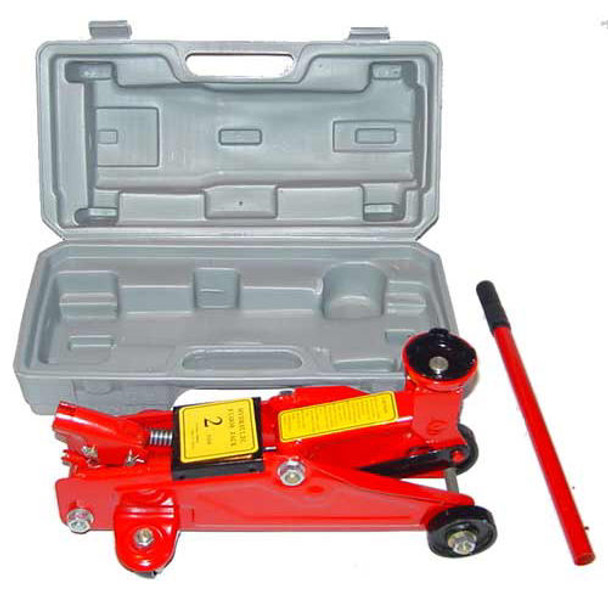Troubleshooting Common Hydraulic Jack Issues
Key Takeaway
- Check Hydraulic Fluid Levels: Low or contaminated fluid is a common cause of jack malfunctions.
- Bleed the System: Air trapped in the hydraulic system can prevent proper lifting; bleeding the jack resolves this.
- Inspect for Leaks: Hydraulic leaks from seals or valves can lead to performance issues; inspect and repair as needed.
- Evaluate the Release Valve: A stuck or damaged release valve may cause the jack to not lower properly.
Introduction
Hydraulic jacks are essential tools used in a variety of industries, from automotive to construction, to lift heavy loads with ease. These jacks rely on the power of hydraulics to generate the force necessary to elevate large objects, making them a popular choice for lifting cars, industrial equipment, and more. However, like all machinery, hydraulic jacks can experience performance issues that hinder their functionality.
Troubleshooting common hydraulic jack issues is essential for ensuring safety and optimal performance. For instance, if you’re using the Hydraulic Floor Jack 2Ton INGCO HKJ201 or the 3Ton INGCO HFJ302 and notice that the jack is not lifting, check for fluid leaks or low hydraulic fluid levels, which can significantly affect lifting capacity.
Similarly, with products like the ENERPAC 50 Ton Hydraulic Cylinder and Hand Pump Set or the Ingco Hydraulic Bottle Jack 20 Ton HBJ2002, ensure that the release valve is tightly closed and that the pump operates smoothly without excessive resistance. For the INGCO Hydraulic Bottle Jack 2Ton (HBJ202), inspect the seals for wear and ensure that the jack is positioned on a stable surface to avoid any tipping.
Regular maintenance and awareness of these common issues can prolong the life of your hydraulic jacks and enhance safety during use. This guide will help you troubleshoot some of the most common problems that arise with hydraulic jacks, ensuring you can identify the root cause and take the necessary steps to resolve the issue.
Hydraulic Floor Jack 2Ton INGCO HKJ201
How Hydraulic Jacks Work
Understanding the basic principles behind hydraulic jacks can make troubleshooting much simpler. Hydraulic jacks operate based on Pascal's Law, which states that when pressure is applied to a confined fluid, the pressure is transmitted equally in all directions. This principle allows hydraulic systems to lift heavy loads with minimal effort.
A hydraulic jack consists of several key components:
1. Pump: Manually or automatically increases pressure by pushing hydraulic fluid through the system.
2. Cylinder: Contains the fluid and bears the pressure applied by the pump.
3. Release Valve: Controls the release of hydraulic fluid to lower the load.
4. Hydraulic Fluid: The medium used to transfer pressure within the jack.
When all components work together, the hydraulic jack efficiently lifts heavy objects by converting the applied pressure into a powerful upward force.
Common Hydraulic Jack Issues
1. Jack Not Lifting Properly
One of the most frequent issues users face is the hydraulic jack not lifting or struggling to lift properly. This can stem from a variety of causes, including:
1. Low Hydraulic Fluid: If the hydraulic fluid level is too low, the system won’t have enough pressure to lift the load. Check the fluid reservoir and refill it with the appropriate hydraulic fluid.
2. Air in the System: Air bubbles in the hydraulic system can prevent the jack from working effectively. Bleeding the system (removing air) can resolve this issue.
3. Worn-Out Seals: Over time, seals within the jack can wear out, leading to leaks or pressure loss. Inspect the seals and replace them if necessary.
Troubleshooting Steps:
1. Check the hydraulic fluid levels and top off if needed.
2. Bleed the hydraulic system to remove trapped air.
3. Inspect for fluid leaks and replace any worn or damaged seals.
Hydraulic Hand Pump 700bar HHP700 ENERPAC
2. Jack Slowly Lowers Under Load
If your hydraulic jack lowers the load even when the release valve is fully closed, it could indicate:
1. Leaking Hydraulic Fluid: A leak can cause a loss of pressure, preventing the jack from maintaining its hold under load.
2. Faulty Release Valve: A defective or partially open release valve may not be sealing properly, causing the jack to slowly lower.
Troubleshooting Steps:
1. Examine the jack for visible fluid leaks, particularly around the seals and fittings.
2. Test the release valve to ensure it closes tightly.
3. If a leak is detected, replace the faulty component or seals.
3. Jack Won’t Lower
A hydraulic jack that refuses to lower after lifting a load can create significant operational delays. This issue is commonly caused by:
1. Stuck Release Valve: If the release valve is stuck or damaged, it may not open fully to allow fluid to flow back into the reservoir, preventing the jack from lowering.
2. Blocked Fluid Passages: Dirt, debris, or corrosion within the hydraulic system can block the fluid passages, restricting the flow of fluid and causing the jack to remain in the raised position.
Troubleshooting Steps:
1. Inspect the release valve and ensure it is not obstructed or damaged.
2. Clean out the hydraulic system to remove any blockages that may be restricting the flow of fluid.
3. If the valve is faulty or beyond repair, consider replacing it with a new part.
4. Excessive Pumping Needed to Lift Load
If your jack requires an unusual number of pumps to lift a load, it could be a sign of air trapped in the hydraulic system or a failing pump. This problem can reduce the jack’s lifting capacity and make it inefficient.
1. Air Trapped in the System: Air bubbles reduce the pressure within the hydraulic system, causing a loss of efficiency.
2. Worn Pump: A pump that has sustained wear over time may not generate sufficient pressure, resulting in the need for excessive pumping.
Troubleshooting Steps:
1. Bleed the hydraulic system to remove any trapped air.
2. Inspect the pump for signs of wear and replace worn-out parts as necessary.
3. Regularly check for leaks or other issues that could cause the pump to fail prematurely.
INGCO Hydraulic bottle jack 10Ton (HBJ1002)
Preventive Maintenance Tips
Preventing hydraulic jack problems before they occur can save time, money, and frustration. Regular maintenance keeps your jack in top shape and reduces the likelihood of sudden failures.
Key Maintenance Tips:
1. Check for Leaks: Regularly inspect the jack for hydraulic fluid leaks around seals, the pump, and the cylinder.
2. Monitor Hydraulic Fluid Levels: Keep an eye on the fluid levels and refill as needed with the correct type of hydraulic fluid.
3. Proper Storage: Store the jack in a clean, dry environment to prevent contamination of the hydraulic fluid. Dirt and moisture can degrade fluid quality and damage internal components.
4. Lubricate Moving Parts: Lubricate the jack’s moving components, such as the pump handle and release valve, to prevent them from seizing or becoming difficult to operate.
Selecting the Right Lubricant for Hydraulic Jacks
Lubrication is crucial for the proper functioning of any hydraulic system, including jacks. Using the wrong lubricant or neglecting lubrication can lead to a variety of issues such as corrosion, sticking valves, or even internal damage. When selecting lubricants for your hydraulic jack, always consult the manufacturer’s guidelines to ensure compatibility with your jack’s specific components.
1. Hydraulic Fluid: The hydraulic fluid used in your jack must meet the manufacturer’s viscosity and performance standards to ensure smooth operation.
2. Lubrication of Moving Parts: The pump handle, release valve, and other moving parts should be lubricated regularly to reduce wear and tear.
Failure to use the correct lubricants can lead to premature wear or complete failure of the jack, making it critical to adhere to proper lubrication practices.
When to Seek Professional Help
While many hydraulic jack issues can be resolved through basic troubleshooting and maintenance, some problems require professional attention. Complex internal damage, significant leaks, or pump failures may require specialized knowledge and tools for repair.
Key Indicators to Seek Help:
1. Persistent issues despite regular maintenance and troubleshooting.
2. Visible structural damage to the jack’s frame or components.
3. Unusual noises or vibrations that indicate internal damage.
Professional repair services can extend the life of your jack and ensure it operates safely and efficiently, especially for high-load applications.
Hydraulic Jack 2 tons capacity
Frequently Asked Questions
1. Why is my hydraulic jack not lifting the full load capacity?
This issue could be due to low hydraulic fluid levels, air trapped in the system, or worn-out seals that reduce pressure. Start by checking the fluid and bleeding the system, then inspect for leaks or damaged components.
2. What type of hydraulic fluid should I use for my jack?
It is important to use the hydraulic fluid recommended by the manufacturer. Using the wrong type or viscosity of fluid can lead to performance issues or even damage to the internal components.
3. How often should I check my hydraulic jack’s fluid level?
Hydraulic fluid should be checked regularly, especially before heavy use. A monthly inspection is a good general rule, but always refer to the manufacturer’s maintenance schedule for specific guidelines.
4. Why does my jack slowly lower the load even with the valve closed?
This usually points to a leak in the hydraulic system or a faulty release valve. You should inspect for visible fluid leaks and ensure the valve is functioning properly. If necessary, replace the seals or valve to fix the problem.
5. How do I properly bleed a hydraulic jack?
To bleed the jack, open the release valve and pump the handle several times without any load. Close the valve and try lifting a small load to see if the issue is resolved. Repeat the process until the air is fully removed from the system.
Related Articles
Hydraulic Power Packs System Design and Maintenance
How to Choose the Right Hydraulic Jack for Your Workshop
Conclusion
Proper maintenance and prompt troubleshooting of hydraulic jack issues are crucial to ensure safe and efficient operations. By understanding the common problems and how to address them, you can extend the life of your hydraulic jack and avoid costly downtime. Regular inspections, fluid checks, and timely repairs are essential in maintaining the reliability of these important tools.
If you're experiencing persistent issues with your hydraulic jack or need quality parts and fluid for proper maintenance, visit GZ Industrial Supplies. We offer a wide selection of hydraulic jacks, replacement parts, and maintenance products to keep your equipment in peak condition. Explore our range of high-quality tools and ensure your operations run smoothly today!













